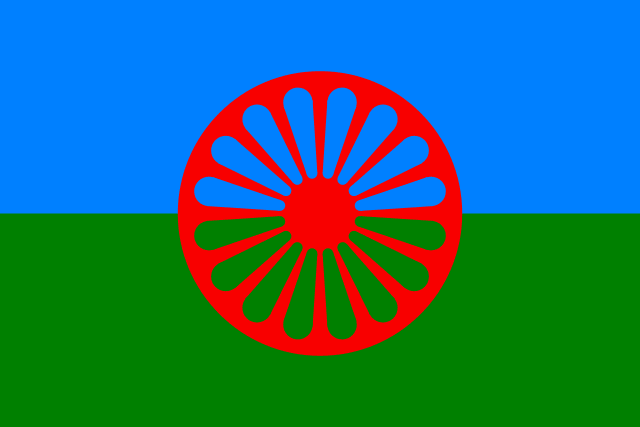Synopsis

The Roma people have a long history of statelessness that has contributed to their current language conflict situation. Influenced by many different languages, the Romani language is a collection of diverse dialects [Lee, 1998]. The Roma have been heavily discriminated against since their original migration into Europe in the 14th century CE [Kenrick, 2007]. While they and their language are Indo-European, they are racially distinct from other Indo-European and non-Indo-European (e.g., Hungarian, Estonian) peoples who migrated into Europe before them. Without any widely recognized literary, historical, or religious traditions of their own, the Roma have never “belonged” in any country they settled in, nor collectively organized themselves into a coherent “nation”. Today they remain stateless and scattered, making it difficult to provide them with any uniform legal defense or social protections. . Romani is currently listed as “definitely endangered” on the UNESCO Atlas of the World’s Languages in Danger [2017], meaning that Romani children are no longer learning the language as their mother tongue in their homes. As a consequence of this, there is an ongoing effort to codify and then propagate a standard dialect of Romani to help revitalize and protect their language.